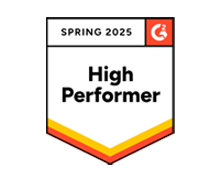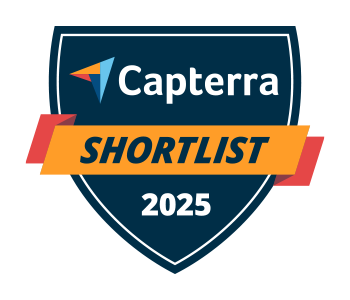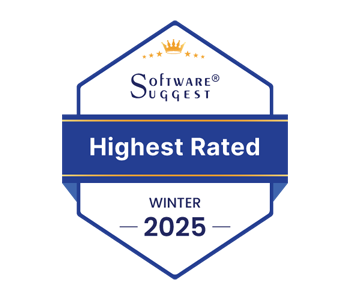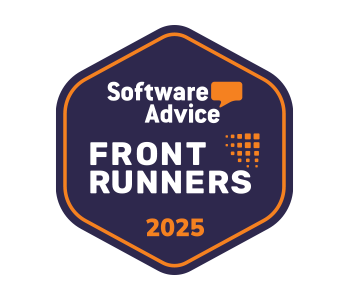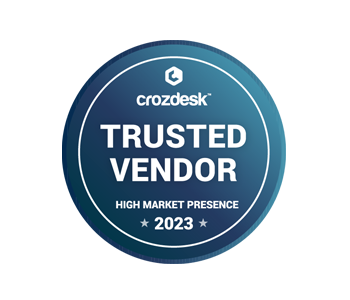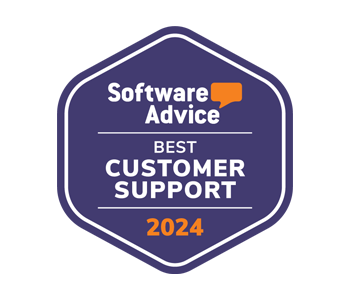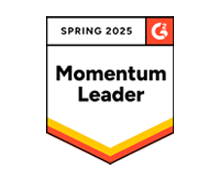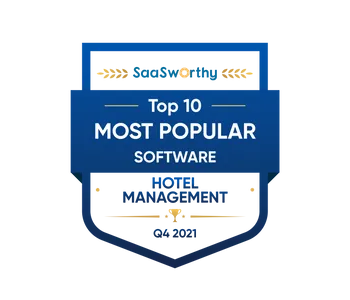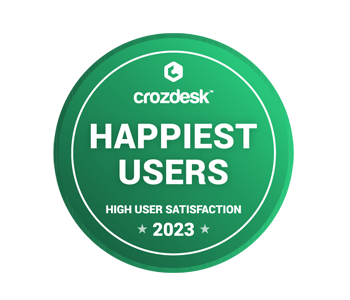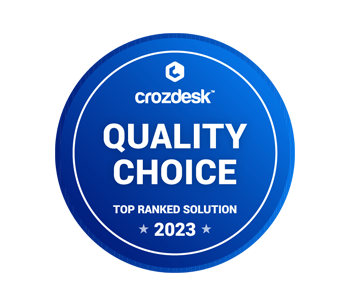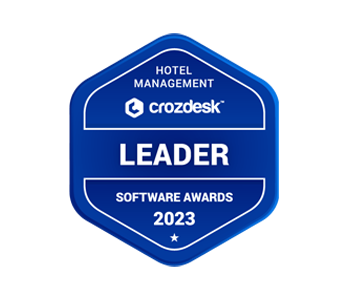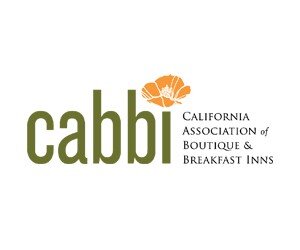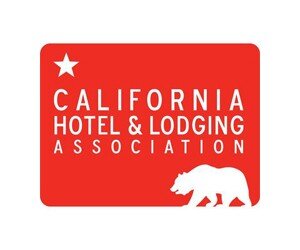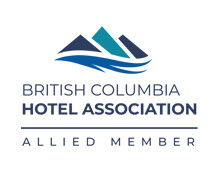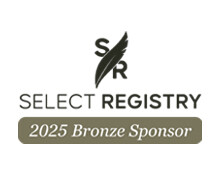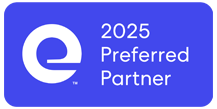Optimizing hotel occupancy and profit is an ongoing game of strategy for all types and sizes of properties. The biggest mistake is to set and forget room rates because all sorts of constantly changing factors impact consumer demand — and, therefore, occupancy and revenue — from the change of season to major local events to economic fluctuations. Over-pricing and under-pricing rooms also puts independent hotels at a competitive disadvantage.
The key to maximizing revenue growth is to sell the right room to the right customer at the right time for the right price via the right channel. Phew! This process is called revenue management and it can be a daunting topic for seasoned hoteliers, not to mention brand-new lodging operators. A complicated process involving complex predictive analytics, revenue management is typically tasked to dedicated revenue managers at big-brand hotels, but at small independent properties it’s yet another job that falls under the general manager’s broad umbrella of responsibilities.
Because every room counts, it’s crucial to have the right technology in place to support optimal rate and inventory decisions.
The Role of Your PMS
A property management system (PMS) is essential to the revenue management process.
The center of control for managing pricing and inventory, modern PMS provide critical data, including occupancy rates, ADR, booking pace, lengths of stay, booking sources (channels) and customer segments, that help revenue managers identify historical patterns and predict future demand. Flexible rate management features such as seasonal and day-of-week pricing, discount rates and packages, and daily override functionality allow lodging operators to respond quickly to both predicted and unpredicted fluctuations in demand. Features like add-ons and booking options help properties maximize ancillary revenue too for total revenue management.
Channel management integration ensures that live rates and availability are automatically updated across all of a property’s channels, saving hoteliers the time and hassle of updating inventory manually across various OTAs, etc., and ensuring the property’s rates are accurate everywhere.
While the PMS is a fundamental tool of a successful revenue management strategy, it is not the only component. In addition to analyzing the property data mentioned above, determining the right room price also depends on external factors that impact demand, including market conditions, destination demand and competitor activity. Finding the time to manually compile, consolidate, track and analyze both internal and external data to calculate optimal pricing in a continuously changing market is a difficult, if not near impossible, task.
That’s where automated revenue management software comes in.
Automated Revenue Management Software (RMS)
Automated revenue management software (RMS) consolidates and analyzes hotel and market data (such as competitor rates, reputation scores, weather predictions, destination demand, foreign exchange rates, flight schedules, etc.) on a continuous basis to produce real-time pricing recommendations based on sophisticated algorithms. Accepted pricing is then automatically updated across online distribution channels.
RMS not only save busy lodging operators a lot of time, they remove the guesswork from the pricing process, providing more accurate demand forecasting and fact-based, data-driven pricing that increases RevPAR and occupancy — and gives properties a competitive edge.
More and more independent properties are realizing the value in implementing automated RMS to manage dynamic pricing strategies that maximize revenue. The next important step is to integrate your RMS with your PMS.
PMS + RMS = Optimal Profits
When systems are disconnected, lodging operators must enter hotel data into the RMS manually, and in turn, enter accepted recommended pricing generated by the RMS into the PMS. This manual process is not only time consuming, but it diminishes accuracy through incomplete data input and human error.
To maximize the accuracy of forecasting, pricing and inventory control, RMS require comprehensive hotel data at the transactional level, not just a summary. Direct one-way integration with the PMS allows every reservation, modification and cancellation to be pushed automatically to the RMS, along with real-time availability and rates. Along with data from thousands of other data points, the RMS analyzes this vital hotel information to help determine real-time pricing recommendations. With two-way integration, accepted recommended rates are then automatically sent from the RMS to the PMS.
Augmenting the benefits of an automated RMS, integration with the hotel PMS further streamlines the revenue management process for greater efficiency, accuracy and competitiveness. Together, your PMS and RMS make an even more potent tool for maximizing revenue.
WebRezPro PMS offers direct integration with leading revenue management solutions. Contact us to find out more about optimizing your time and profit by integrating your PMS and RMS.







